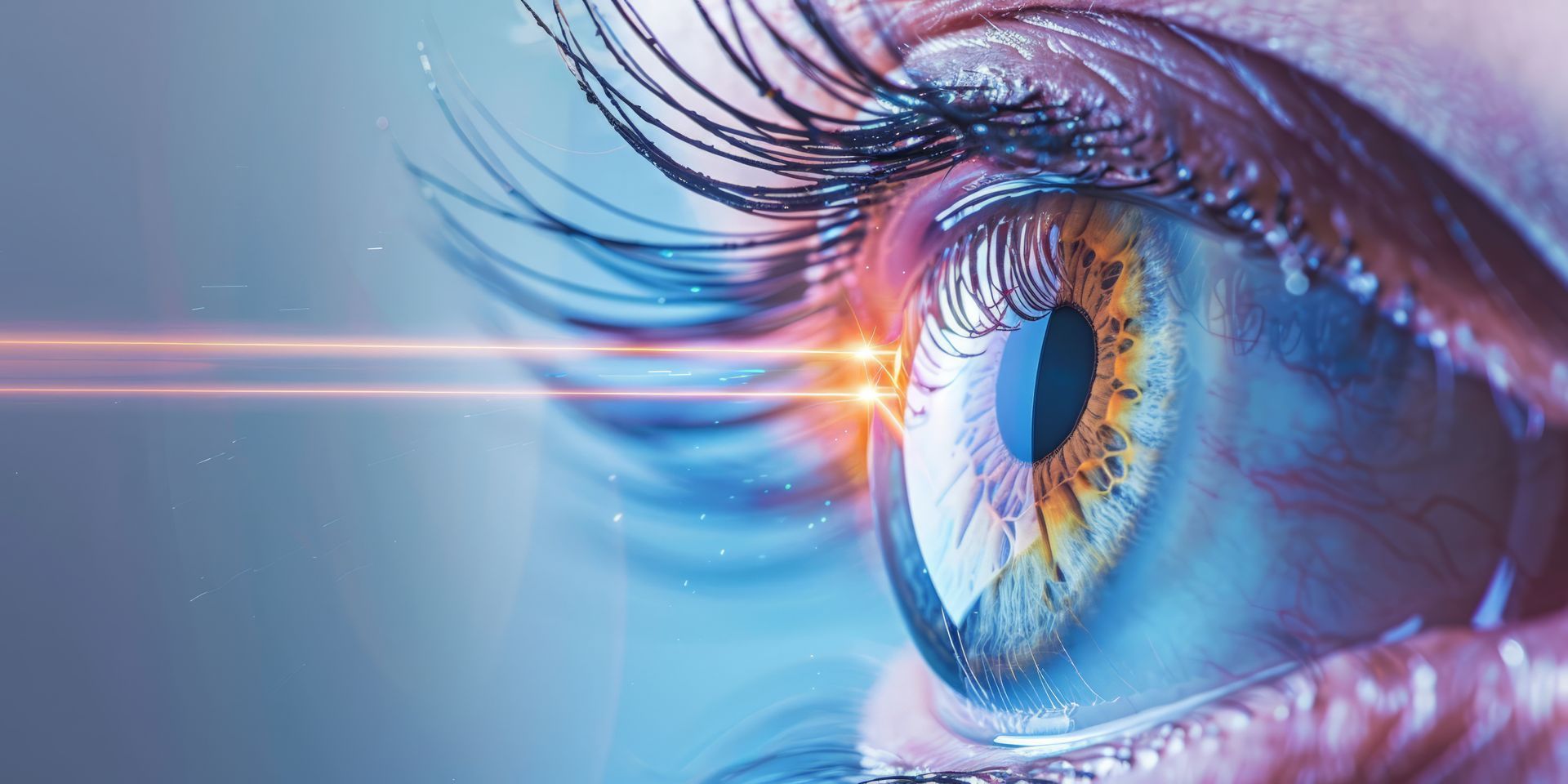Lasers, what exactly are they?

Blog vol 5.36. Lasers, what exactly are they?
The word LASER is an acronym.
Light Amplification (by the) Stimulated Emission (of) Radiation.
What is crazy, is that you really only need these five letters to explain it.
Light - we all know that light is a form of electromagnetic radiation which has two natures, wave and photon (particle). The laser works with both these natures, with the frequency of the light having coherence (synchronized and in phase) and with the photon being released when energy is applied. Light is the basis of lasers.
Amplification - as energy is applied to atoms, they are excited. As energy is continuously applied, more and more atoms become excited ultimately causing population inversion, i.e. there are more excited atoms than not.
Stimulated - optical or electrical stimulation of atoms causes an existing photon to stimulate an excited atom to release an identical photon. A population inversion leads to a flurry of photons being released.
Emission - the resulting light now travels in a wave form through a “gain” medium and with mirrors which increase amplification and focus emission.
Radiation - the energy builds up in the medium as the coherent waves continue to reflect back and forth in a set wavelength and then are released at a set pulse and length of pulse to unleash a high energy beam.
What makes laser especially important for medical procedures is that different tissues absorb different, specific wavelengths. So, by using a specific laser with a set wavelength, the surgeon can be sure that the laser will only be working on the targeted tissue. The laser can be aimed for a precise spot and can be sharply focused.
The beauty of laser treatment is that it can be very specific, very focused, leading to very little collateral damage.
In eye treatment, we have femtosecond lasers for breaking down cataracts or for creating a precise lasik flap, we have Yag lasers for peripheral iridectomies or lens capsulotomies or for selective laser trabeculoplasties, and argon lasers for retinal blood vessels and for retinopexy. So, you can use a laser to break down a cataract in the eye without affecting the surface of the eye (cornea) at all (it’s a different wavelength), amazing. All these lasers are switched differently and have different wavelengths to work on different tissues. Fascinating stuff.
Til next week,
The good doctor






